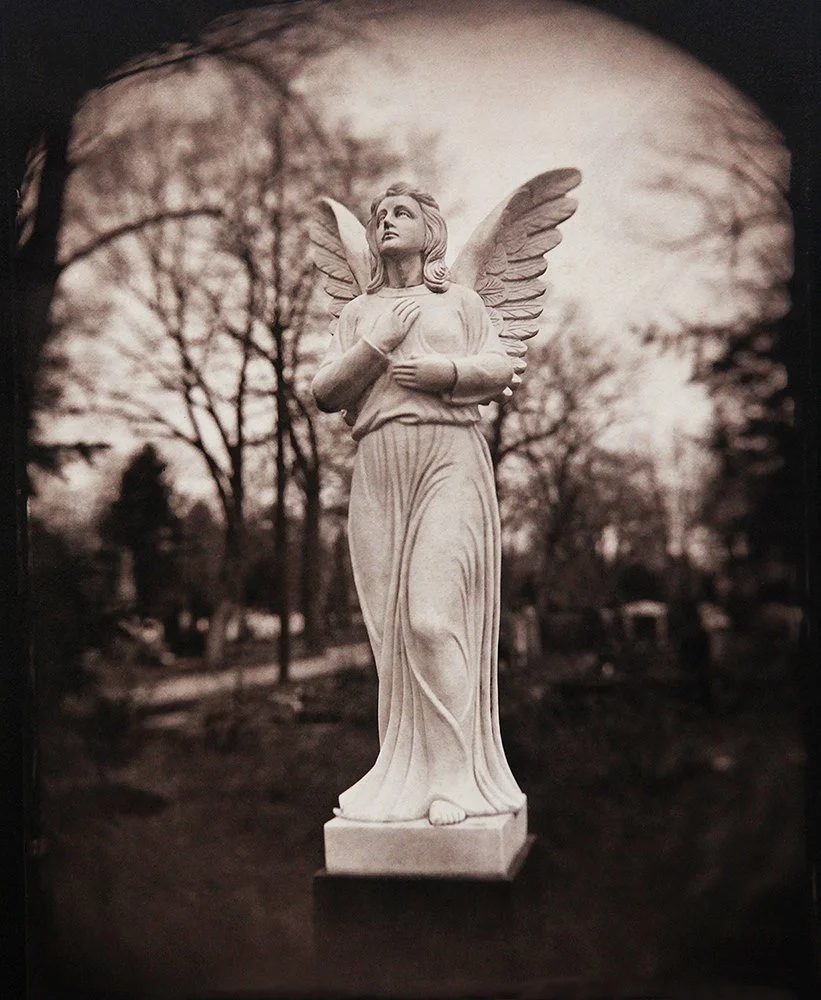It shouldn’t be news to tell you that humans are irrational and emotional.
As human beings, we often pride ourselves on being rational creatures. We point to our advancements in science, our mastery of complex tools, and our ability to build societies governed by rules and logic. However, when it comes to matters of life and death, we reveal a different, more primal truth: we are emotional beings. This distinction becomes glaringly apparent when we confront the existential reality of our mortality. Death anxiety and the mechanisms we employ to manage this fear expose the raw emotional underpinnings of human behavior, challenging the veneer of rationality that we so often wear.
At the heart of our emotional nature is the profound discomfort with the knowledge that we will one day cease to exist—impermanence and finitude. Unlike other animals, humans possess a heightened awareness of mortality. This awareness creates a paradox: we have the intellectual capacity to understand our finite nature, but emotionally, we find this knowledge unbearable (Half Animal and Half Symbolic). Ernest Becker, in The Denial of Death, argues that much of human behavior is driven by a need to escape the paralyzing fear of death. This fear is not something we reason through; it is something we feel deeply, viscerally, and often uncontrollably.
Terror Management Theory (TMT) builds on Becker's insights, demonstrating how our emotional responses to death anxiety shape cultural worldviews, self-esteem, and interpersonal behaviors. According to TMT, humans create and cling to cultural systems that provide a sense of meaning, order, and immortality. These systems, whether religious, nationalistic, or ideological, are less about logical coherence and more about emotional comfort. They serve as psychological defenses (coping mechanisms), buffering us against the terror of our inevitable demise.
Consider the way people react when their belief systems are challenged. Rationally, one might expect open-minded discussion or a willingness to adapt to new evidence. Yet, more often than not, such challenges evoke defensiveness, hostility, or even aggression. This is because these belief systems are not merely intellectual constructs; they are emotional lifelines that protect us from existential dread (meaning system buffers). When they are threatened, it feels as though the foundation of our existence is being shaken, triggering a fight-or-flight response that is anything but rational.
This emotional foundation extends beyond our cultural worldviews, or meaning systems, to our personal identities. Self-esteem, for instance, is deeply tied to our ability to stave off death anxiety. TMT research shows that when people are reminded of their mortality, they often seek validation and strive for achievements that affirm their worth within their cultural framework. These actions are not driven by logical analysis but by an emotional need to feel significant in the face of insignificance.
Art and creativity provide another lens through which to examine the emotional nature of human responses to mortality. Artistic expressions, whether through painting, literature, or photography, often grapple with themes of death and immortality. These works resonate not because they offer rational solutions to the problem of mortality but because they evoke and articulate the emotions associated with it. They allow us to confront our fears, find solace, and connect with others who share our struggles.
The emotionality of human beings is perhaps most evident in the collective rituals surrounding death. Funerals, memorials, and acts of remembrance are rarely about logical considerations. Instead, they are about processing grief, celebrating life, and reaffirming our connections to one another and to the cultural narratives that give our lives meaning. These rituals are deeply symbolic, and their power lies in their ability to address emotional needs that logic cannot satisfy.
Acknowledging our emotional nature does not diminish our humanity; rather, it deepens our understanding of it. By recognizing that our responses to death anxiety are rooted in emotion, we can better understand the behaviors, beliefs, and systems that define our lives. This recognition also invites compassion—for ourselves and for others. It reminds us that beneath the facade of rationality, we are all grappling with the same fundamental fears and seeking the same solace in the face of the unknown.
In the end, it is our emotions, not our reason, that drive us to create, to connect, and to seek meaning. Our attempts to manage death anxiety may not always be rational, but they are profoundly human. They reveal our capacity for hope, resilience, and imagination in the face of mortality. And it is through these emotional endeavors that we find not only a way to endure but a way to transcend the limitations of our finite existence.









